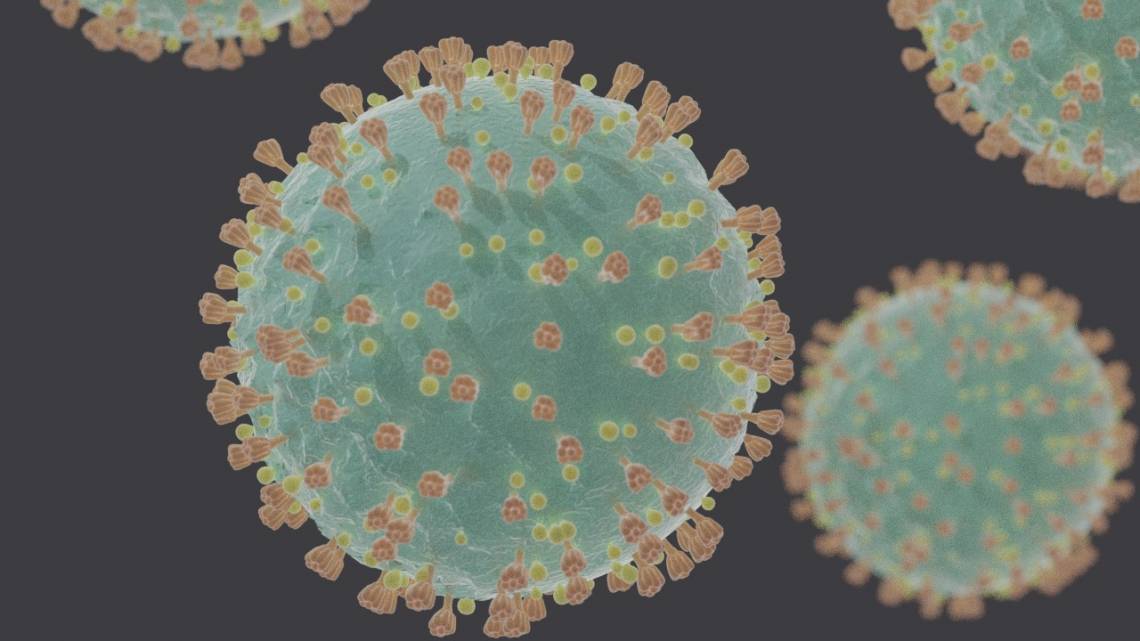SARS-CoV-2
Researchers at Duke University have been looking into how SARS-CoV-2 mutated from animals and crossed over to humans. They discovered that approximately "30,000 letter mutations" lead to its evolution and they have been working to see how these mutations allow the virus to be so highly infectious in humans.
Earlier research into SARS-CoV-2's evolution discussed its "spike" like projection that allows it to adhere to cells easily. However, this current research has pointed to mutations that ultimately changed the way the virus condenses its RNA as well as other genetic differences in this virus. This article specifically talks about the changes in two sections of the SARS-CoV-2 genome: "Nsp14 and Nsp16". These two regions underwent mutations that gave this virus a "biological edge without altering the proteins they encode"(Berrio et al. 1). This is important to understanding how this virus forms and replicates in cells since these two regions are involved early in the infection process.
While it's still unknown as to why or how these mutations occurred, every piece of understanding the way this virus forms can lead us closer to a cure/treatment(Berrio et al. 1). The understanding that these two regions are important in the beginning stages of infection with this virus can be pivotal when creating a treatment or vaccination. Every piece of information that science can gain in understanding how this virus works and how it mutates are steps towards better treatments and vaccines.
useful links: Article #1. Article #2

No comments:
Post a Comment